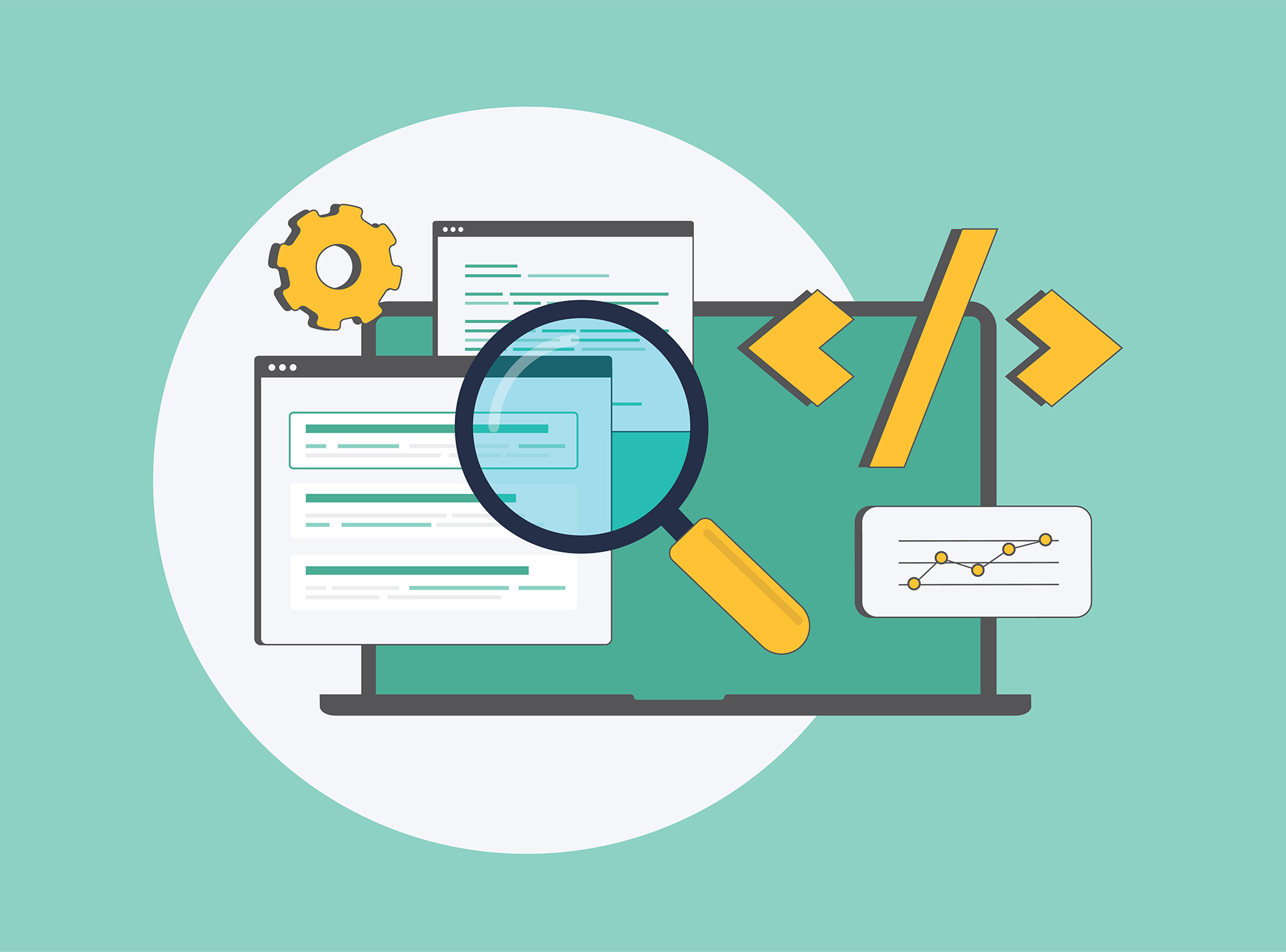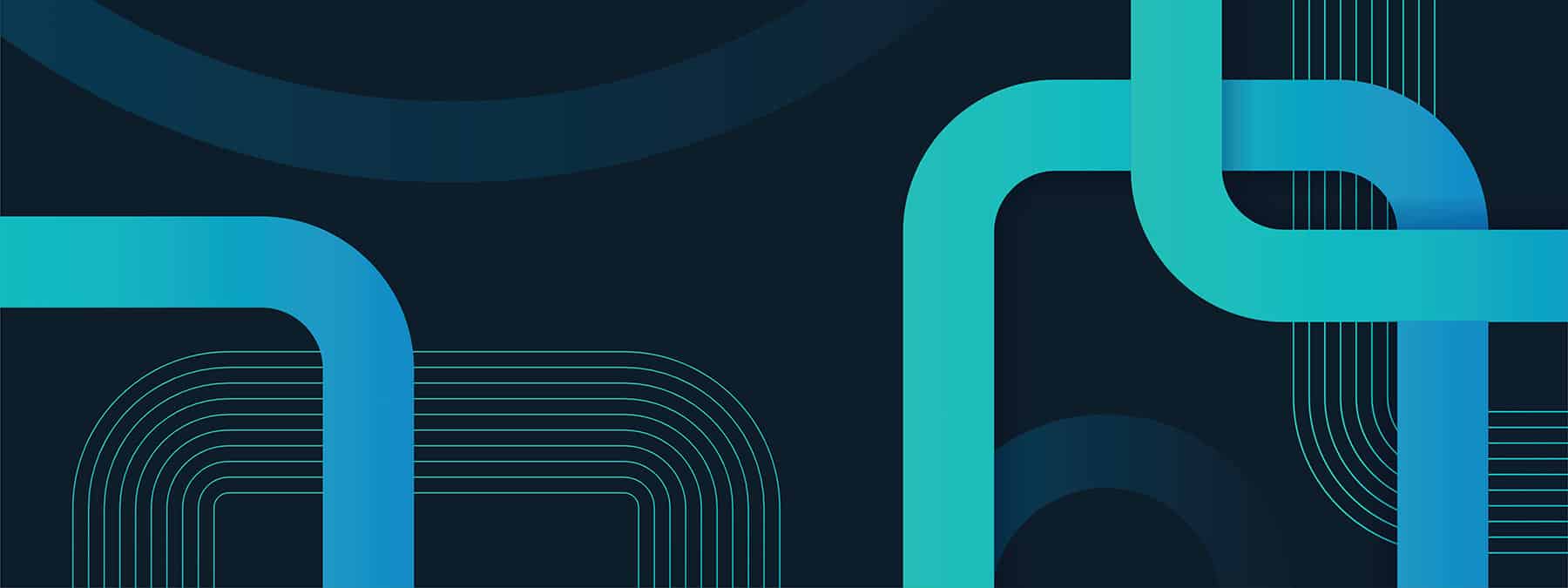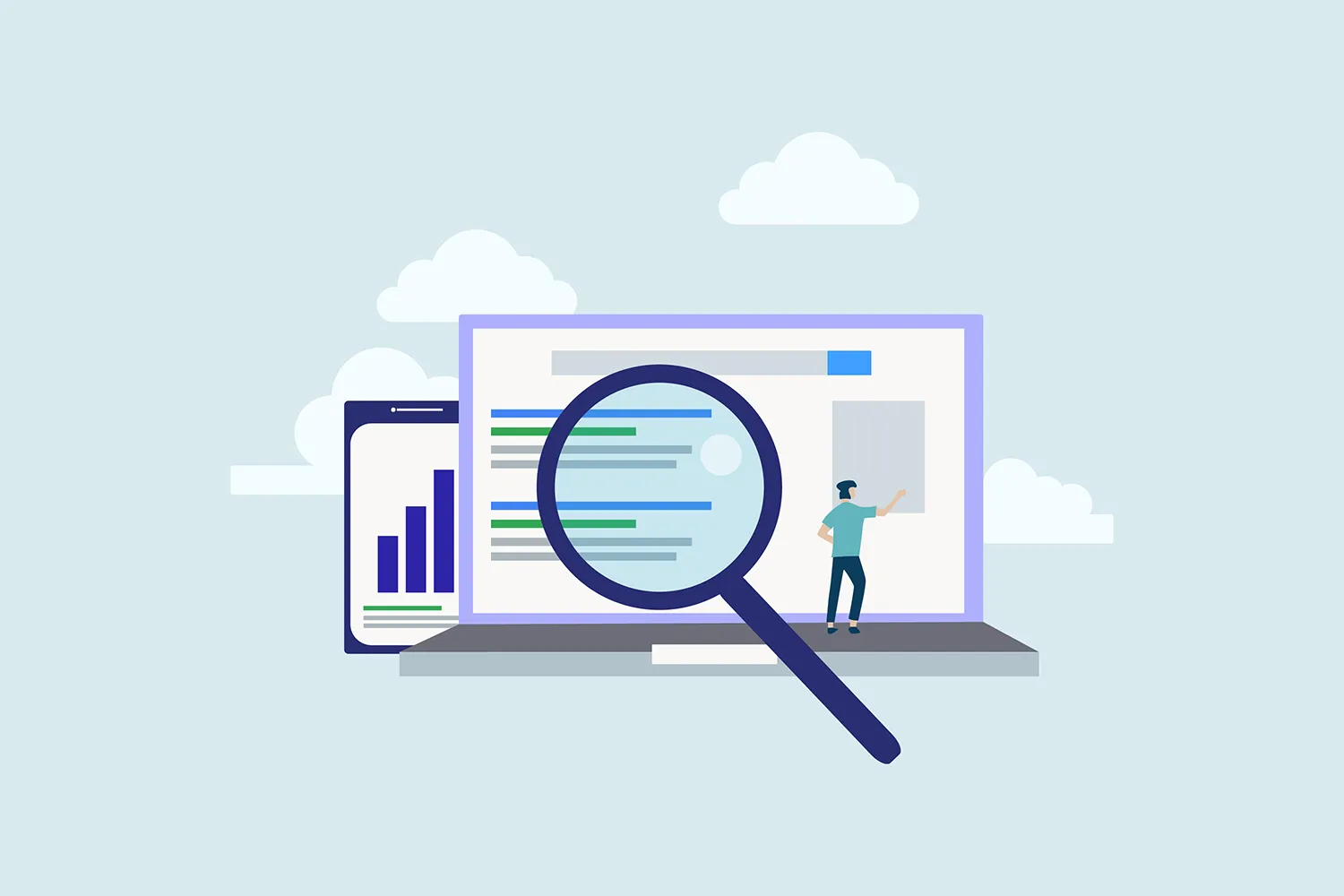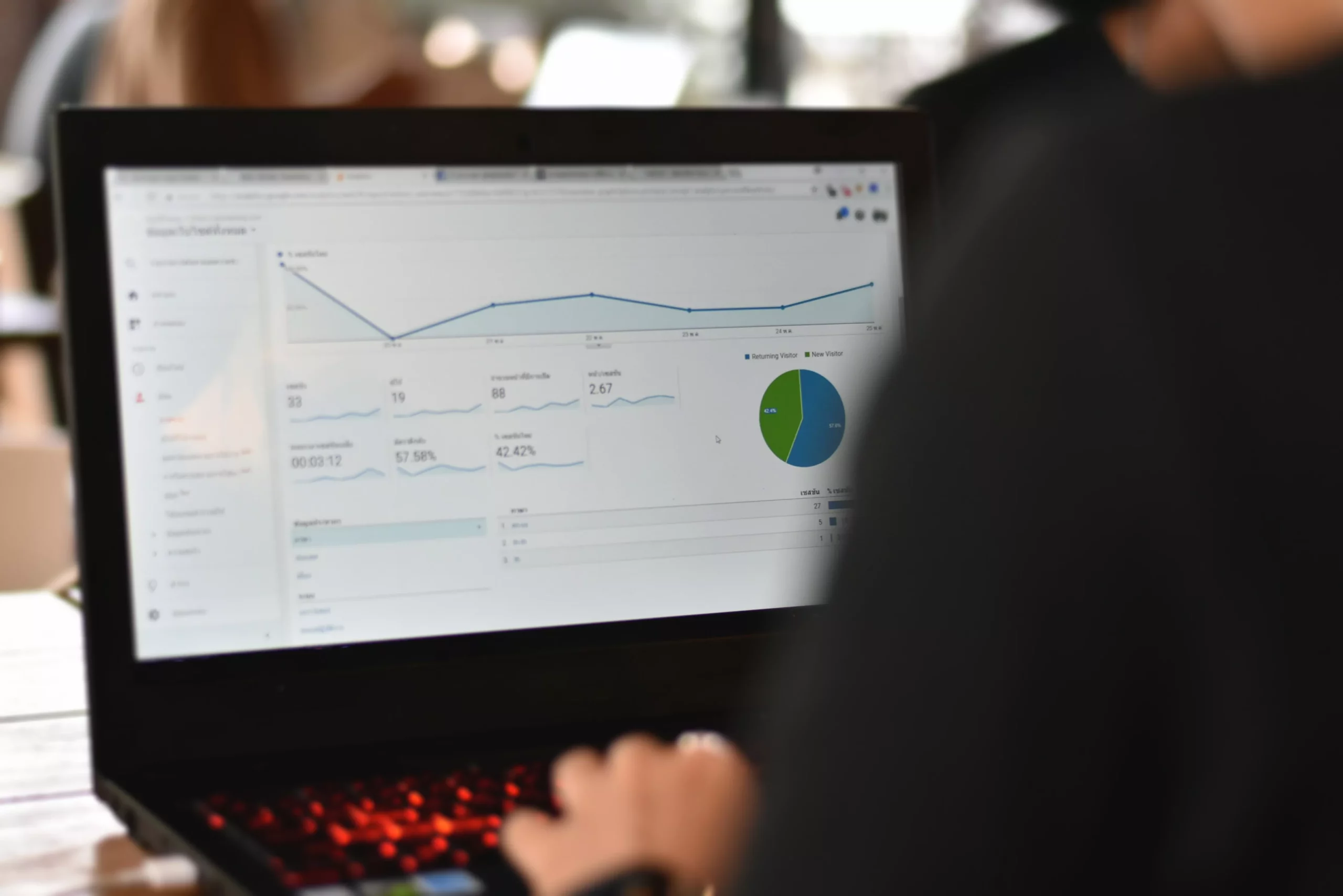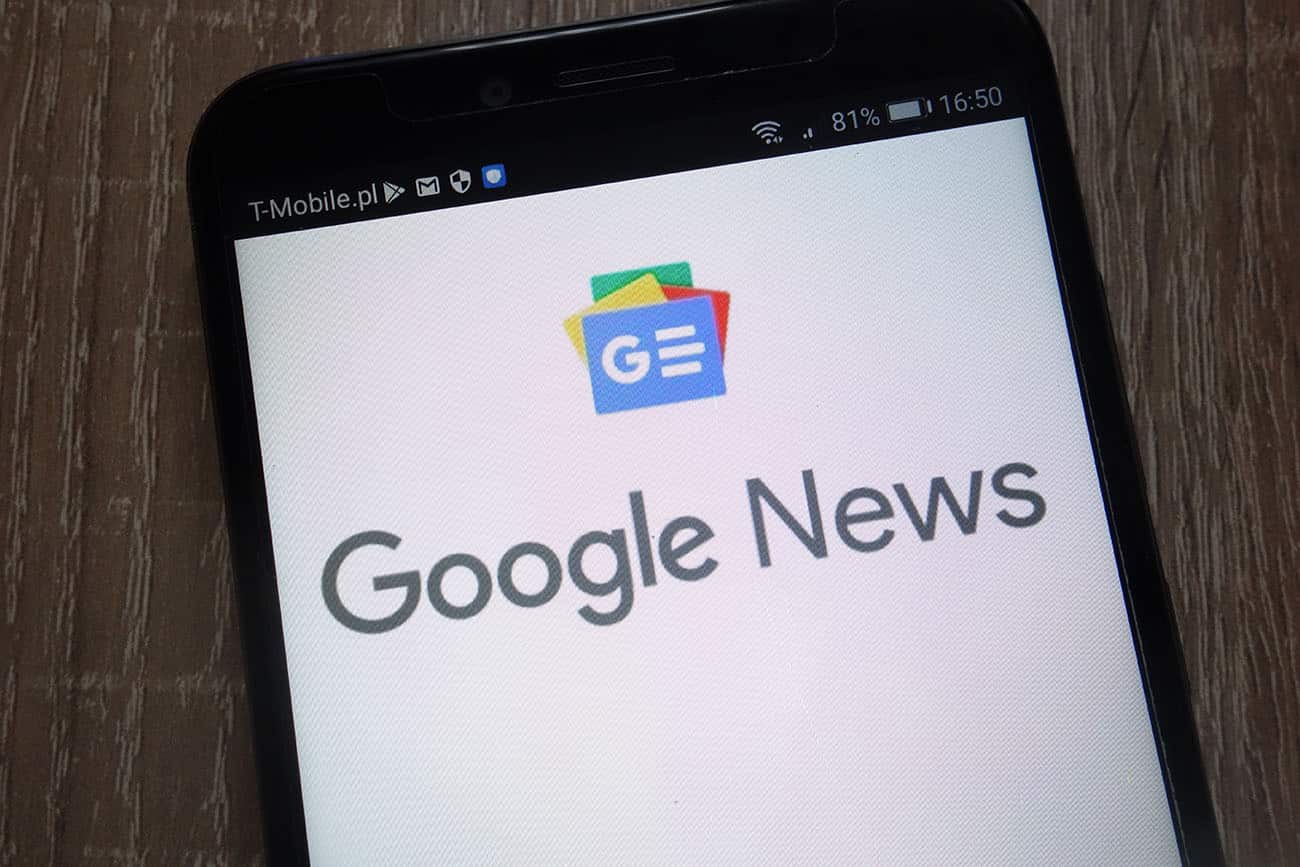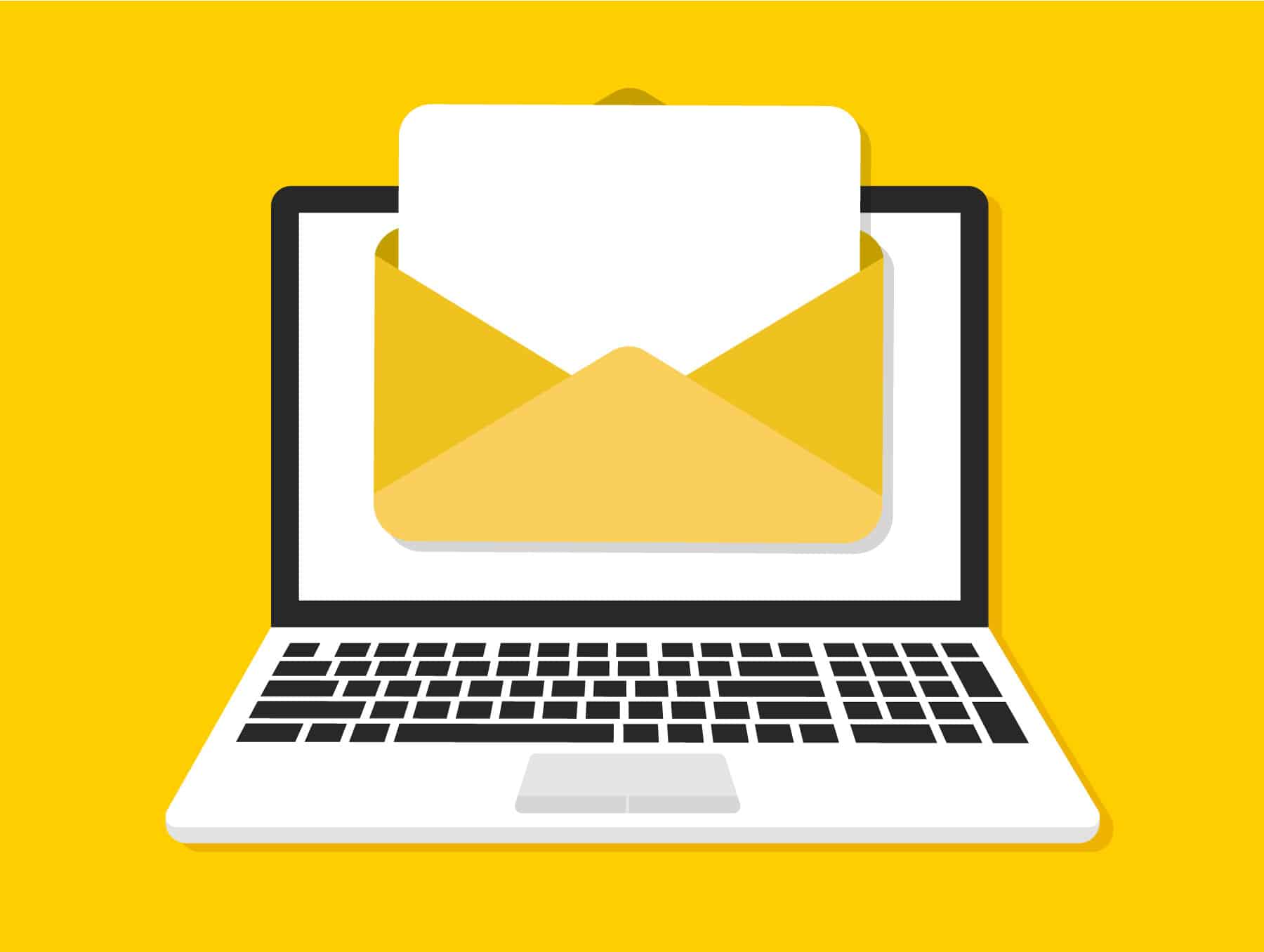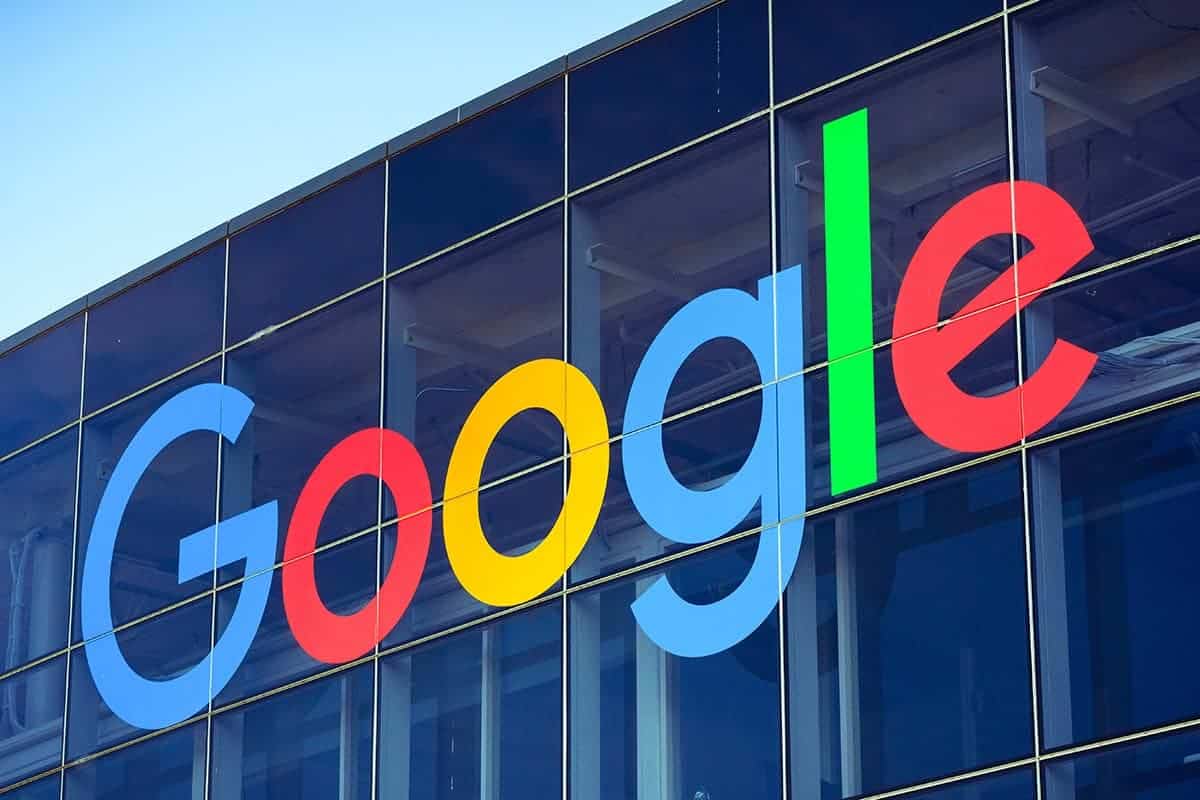How To Increase Your Profits With Conversion Funnels
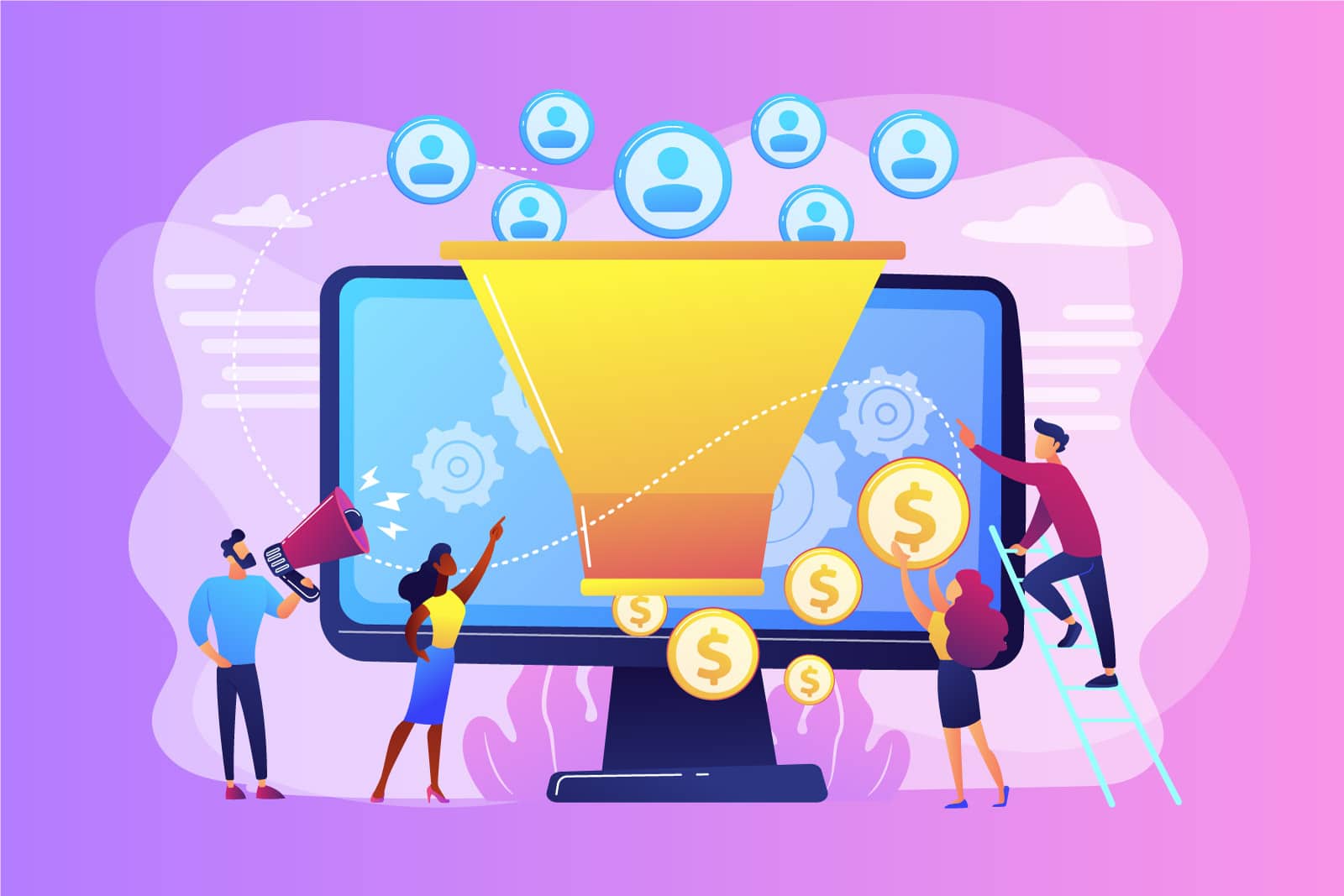
If your website isn’t delivering the results you want, conversion funnels could be the secret ingredient you need.
Not enough newsletter sign ups. Not enough leads. Not enough sales.
These are common issues for businesses, and they can be big ones if they’re not solved right away. The good news is that conversion funnels can help you fix these problems in a way that’s profitable for you, and enjoyable for your customers.
What is a conversion funnel?
A conversion funnel facilitates a customer’s journey towards converting. Converting in this case can mean anything you want potential customers to accomplish — also called a desired action. It could be completing a sale, signing up for your newsletter, or filling out a contact form.
Whatever you choose to count as a conversion, it just has to be something a customer can reasonably do on your website, and it has to be something you can measure. Most commonly, conversions = sales.
Now, every conversion funnel has four stages (which we’ll get into in a second). And each stage along the funnel gets paying customers closer to converting. This keeps customers moving in the right direction and optimizes their journey toward success (i.e. making a purchase).
Here’s an example:
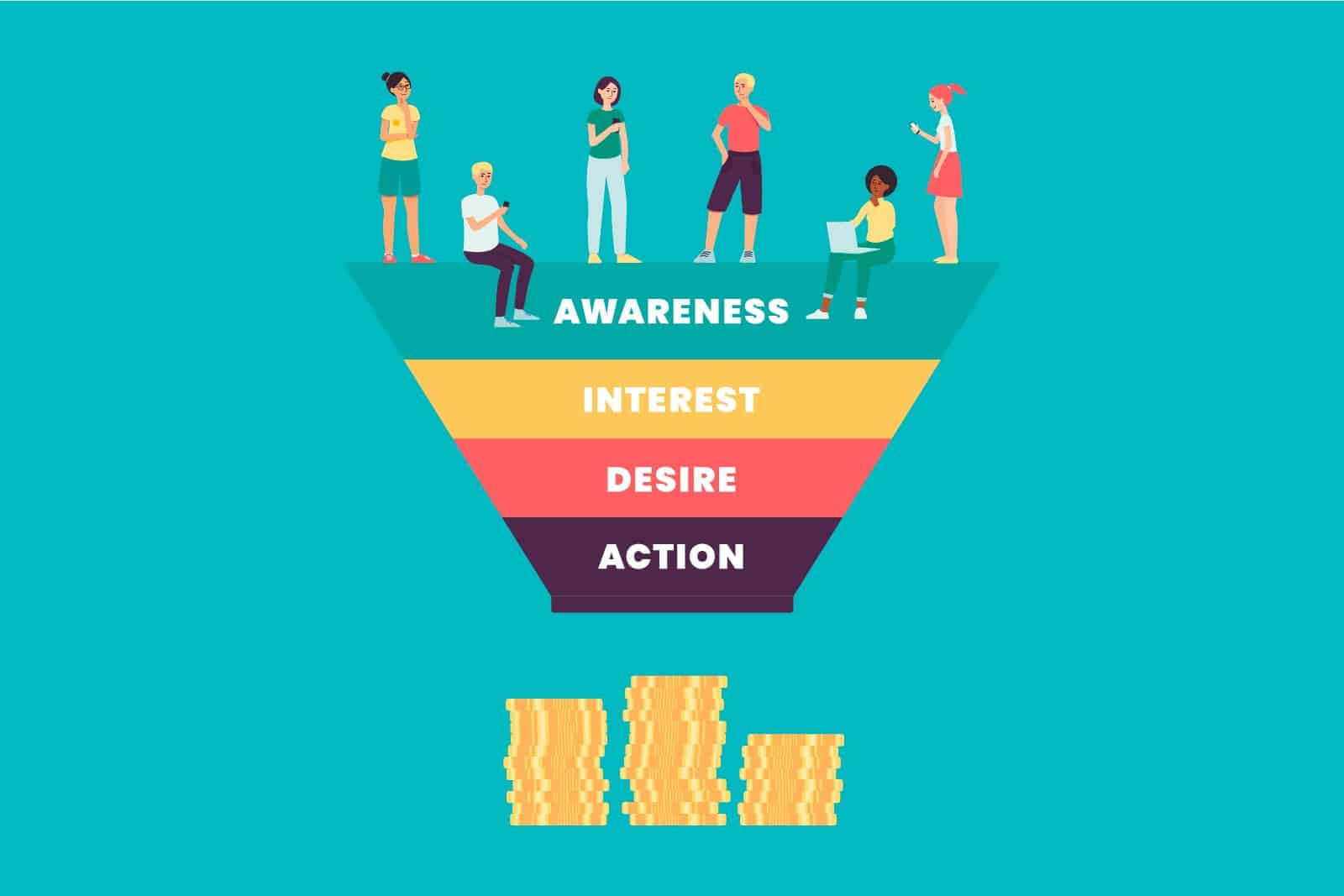
What are the four stages of a conversion funnel?
The stronger your funnel is, the stronger your conversion rates. So if you want to optimize the customer journey, the key lies in each stage of your conversion funnel.
#1: Awareness
Customers won’t buy your product or services if they don’t know who you are. That’s why the first stage at the top of the funnel is creating awareness. For most businesses, this specifically means online awareness. Here are some common strategies businesses use to get in front of target audiences and increase the number of visitors:
- Social media
- Search engine optimization (SEO)
- Pay-per-click ads (PPC)
- Influencer marketing campaigns
- Content marketing campaigns
Pro Tip
If you aren’t sure where to get started, the best place to check is your analytics dashboards. Open up Instagram, Google Analytics, and any other platform you’re on and keep an eye on traffic. Then find out how much organic search traffic you’re getting, and figure out where it’s coming from. This exposes weak spots, improves funnel visualization, and identifies ways you can strengthen your strategy.
#2: Interest
Now that you’ve captured your customer’s attention, it’s important that you hold on to it. The best way to accomplish this is through content.
Ever notice how at the end of a reading an article, websites recommend additional resources? That’s a way to entice customers further inside the funnel. It keeps readers engaged, it provides value, and it has the power to create desire.
Pro Tip
Cluster your content around major topics relevant to your brand, industry, or product. For example, if you own a boutique yoga studio, your content should cluster around fitness, health, and wellness. When you provide interesting, relevant, and valuable content for free, it leaves your customers wondering what else you have to offer if they make a purchase.
#3: Desire
Desire is the third stage along your conversion funnel — and it’s where customers move from being vaguely interested in your product to actually wanting to put it in their shopping cart. It’s an exciting step because this is where you get to highlight the features and benefits of your product. In other words, you get to show off a little.
Features are characteristics about your product. So if you sell pencils, a feature is that they all have rubber erasers. Benefits are how those features benefit customers. Quickly correcting writing mistakes is the benefit of having a rubber eraser.
By showing customers what they get in return for purchasing your product, you create a sense of desire. And if that desire is strong enough, they’ll move on to the last state of your conversion funnel.
Pro Tip
Curate high-quality copy for your products structured around “features vs. benefits.” You can use this method across product pages, landing pages, and anywhere else on your website that talks about your offerings.
#4: Action
Alright, we’re here! We’re at the bottom of the funnel and it’s arguably the most important. This is where you convince your customers to take action and make a purchase (or sign up for your newsletter, or whatever action you’ve chosen).
This stage usually comes down to a call-to-action (CTA) and a link that helps customers complete that action. Here are some common examples:
- Start Now
- Learn More
- Sign Up
- Buy Now
- Contact Us
The punchier and more interesting your CTA is, the more likely you are to earn a conversion. There are a few ways to optimize your conversion funnel and find out which CTAs work best for your website:
- A/B testing
- Heat mapping
- User testing
Pro Tip
Don’t be afraid to play around with your text, website layout, and funnel to get this just right. You want to give customers a direct path to the finish line, and you want it to be as enticing as humanly possible — and that’s how you exceed sales goals.
Final thoughts on conversion funnels
Conversion funnels are an effective way for businesses to increase sales. If your website isn’t earning enough traffic, if your newsletter doesn’t have enough sign-ups, or if you aren’t hitting your sales targets, this could be the solution you need. Here’s a recap of how to build an effective conversion funnel to double your profits:
- Build awareness with SEO, PPC, and other popular digital marketing techniques
- Pique interest with high-quality and relevant website content
- Create desire by demonstrating your product’s value (features vs. benefits)
- Inspire action with compelling CTAs
Explore similar topics and check out our business resources hub here. It’s packed with expert tips, helpful guides, and other valuable resources. Plus, we update it all the time with new material so remember to bookmark it and check back for more info
Ready to grow your sales with a next-level conversion funnel? Talk to us. We’re ready to help get your business where you want it to be.


